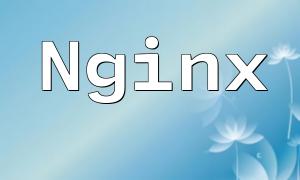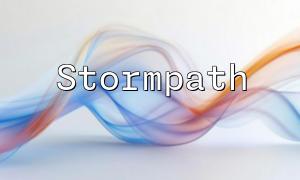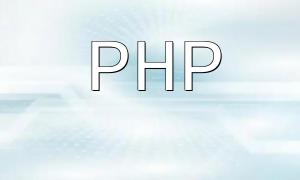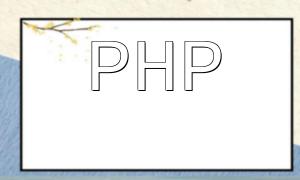With the continuous development of the internet, microservice architecture has become the mainstream model for enterprise development. Ensuring the security of distributed systems in a microservices environment is particularly critical. This article shares how to implement distributed security and protection measures in PHP microservices, along with specific code examples.
In a microservices architecture, users need secure authentication across different services. In PHP, JSON Web Token (JWT) can be used to achieve this. JWT stores information in JSON format and uses a secret key signature to ensure the token's authenticity and validity.
Here is an example of using JWT for authentication:
composer require firebase/php-jwt
use Firebase\JWT\JWT;
function generateJWT($userId) {
$payload = array(
"userId" => $userId,
"iat" => time(),
"exp" => time() + (60*60) // Token valid for 1 hour
);
$jwt = JWT::encode($payload, "your-secret-key");
return $jwt;
}
use Firebase\JWT\JWT;
function verifyJWT($jwt) {
try {
$decoded = JWT::decode($jwt, "your-secret-key", array('HS256'));
return $decoded->userId;
} catch (Exception $e) {
// Verification failed, return false
return false;
}
}
JWT authentication ensures secure access for users across microservices.
Besides authentication, authorization management is also crucial. OAuth 2.0 is a widely adopted security standard for authorization in PHP microservices.
The example code demonstrates generating an authorization code and obtaining an access token:
// Authorization server generates authorization code (simplified)
$authorizationCode = generateAuthorizationCode();
storeAuthorizationCode($authorizationCode, $userId, $redirectUri);
return $authorizationCode;
function getAccessToken($authorizationCode) {
$params = array(
"grant_type" => "authorization_code",
"code" => $authorizationCode,
"client_id" => "your-client-id",
"client_secret" => "your-client-secret",
"redirect_uri" => "https://your-redirect-uri"
);
$ch = curl_init();
curl_setopt($ch, CURLOPT_URL, "https://auth-server/token");
curl_setopt($ch, CURLOPT_POST, 1);
curl_setopt($ch, CURLOPT_POSTFIELDS, http_build_query($params));
curl_setopt($ch, CURLOPT_RETURNTRANSFER, true);
$response = curl_exec($ch);
curl_close($ch);
$accessToken = json_decode($response)->access_token;
return $accessToken;
}
OAuth 2.0 enables secure authorization management among microservices.
Beyond authentication and authorization, defense techniques play an important role in securing microservices. Common measures include:
Building a distributed security system in PHP microservices is challenging but achievable. By properly applying JWT authentication, OAuth 2.0 authorization, and multiple defense techniques, system security can be effectively ensured. This article’s examples and ideas aim to provide practical references for developers implementing security protections.









